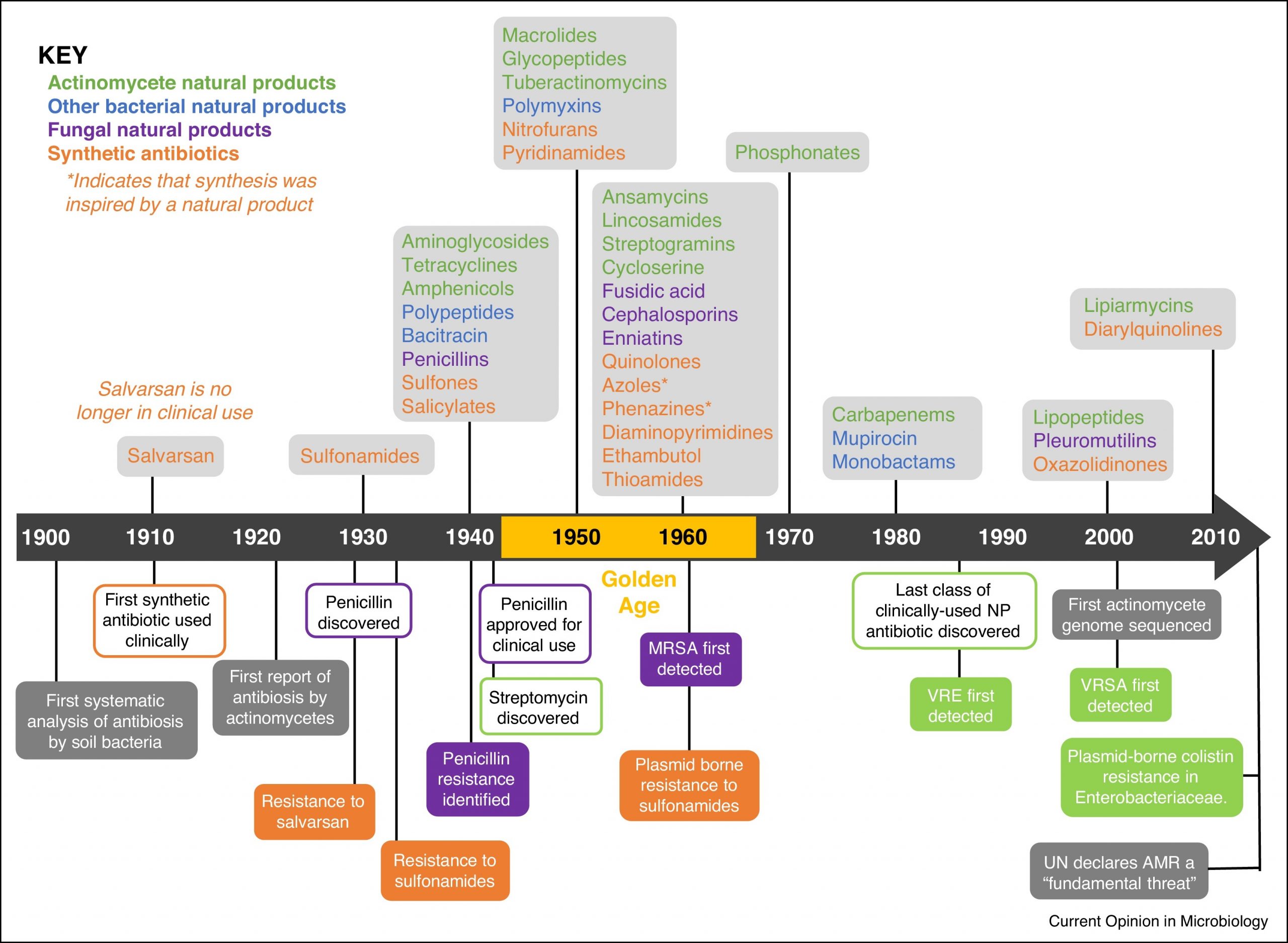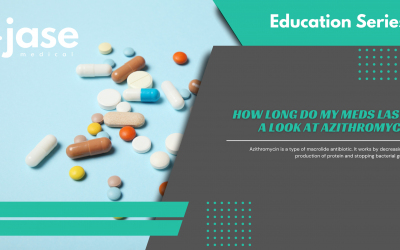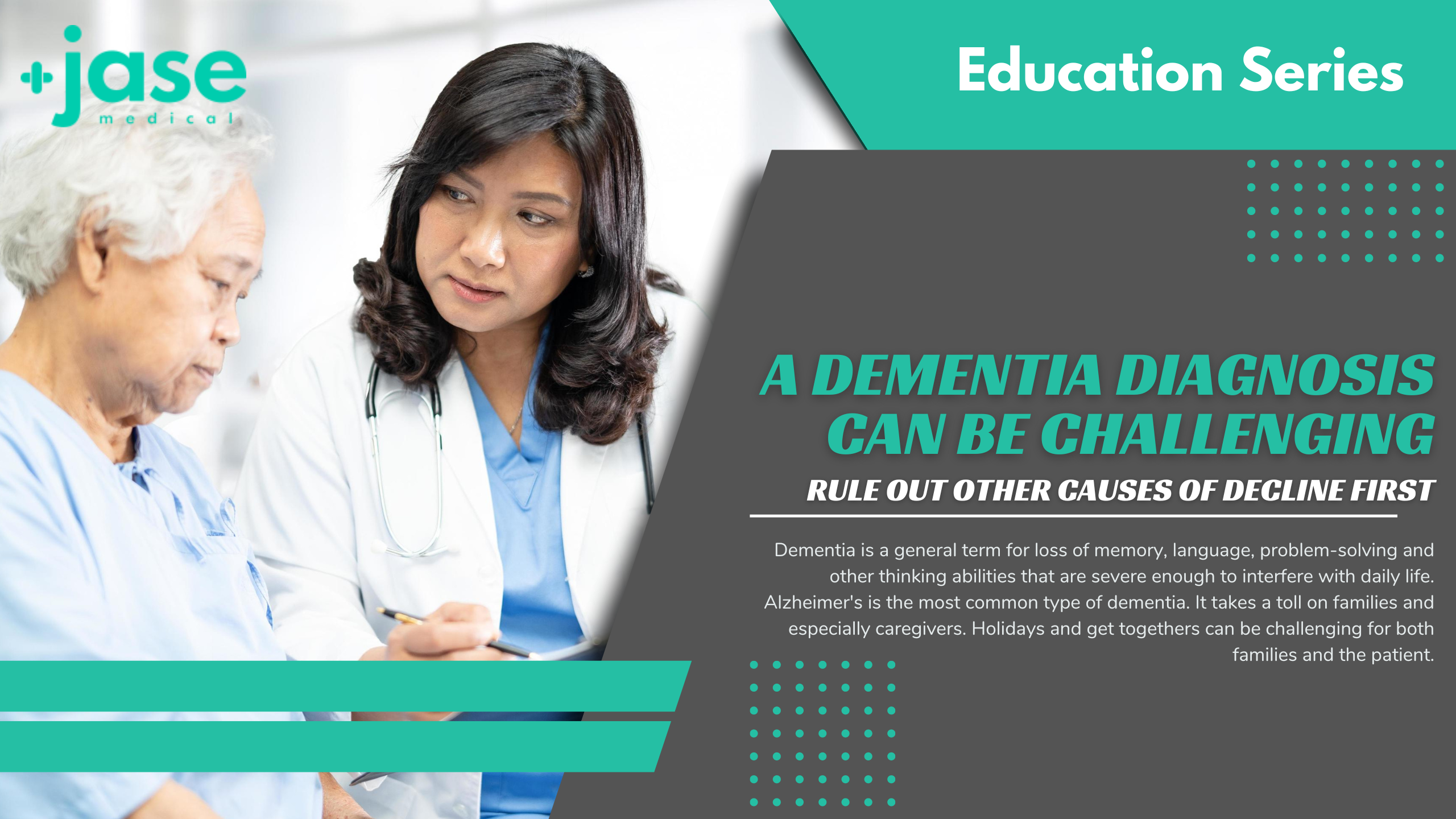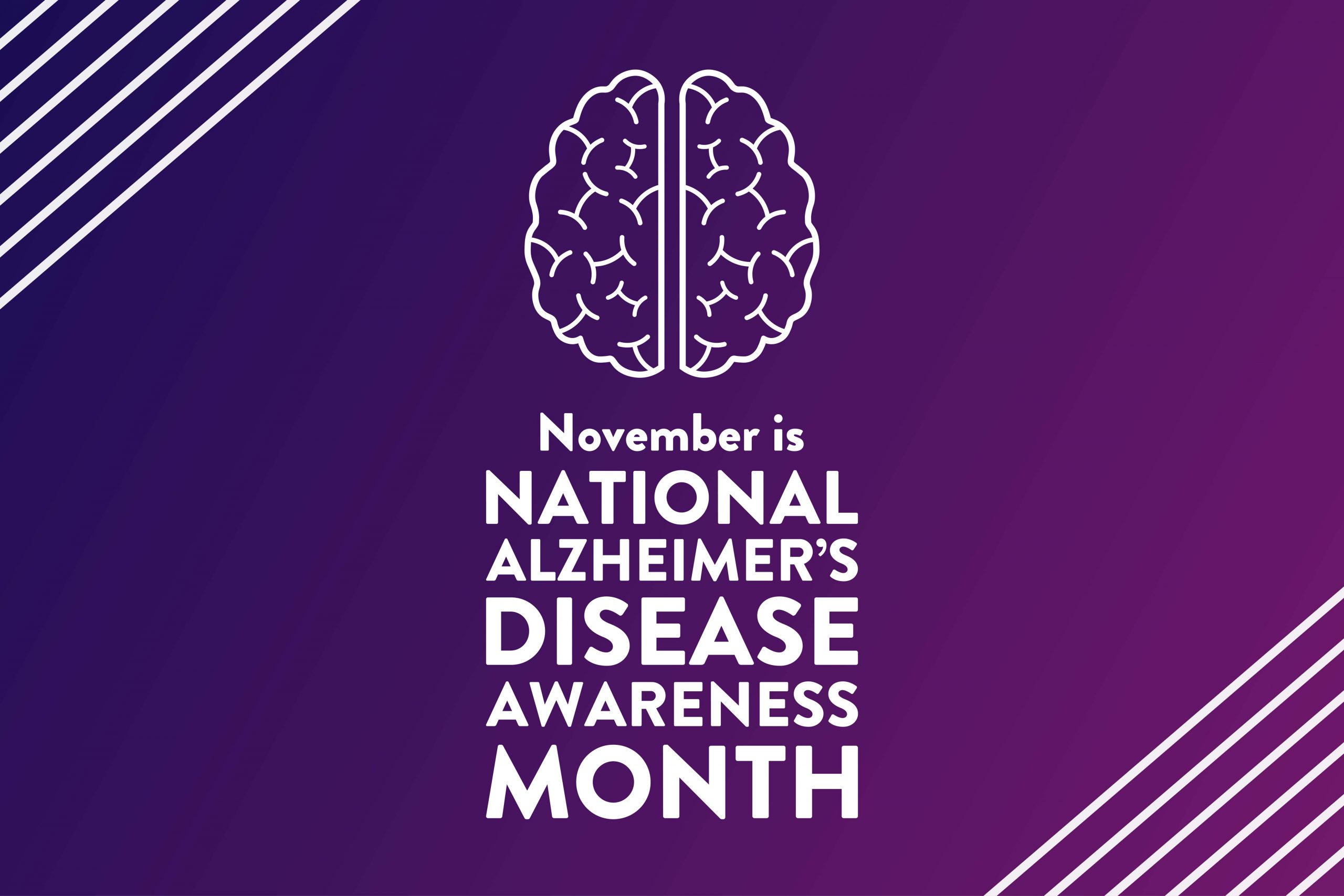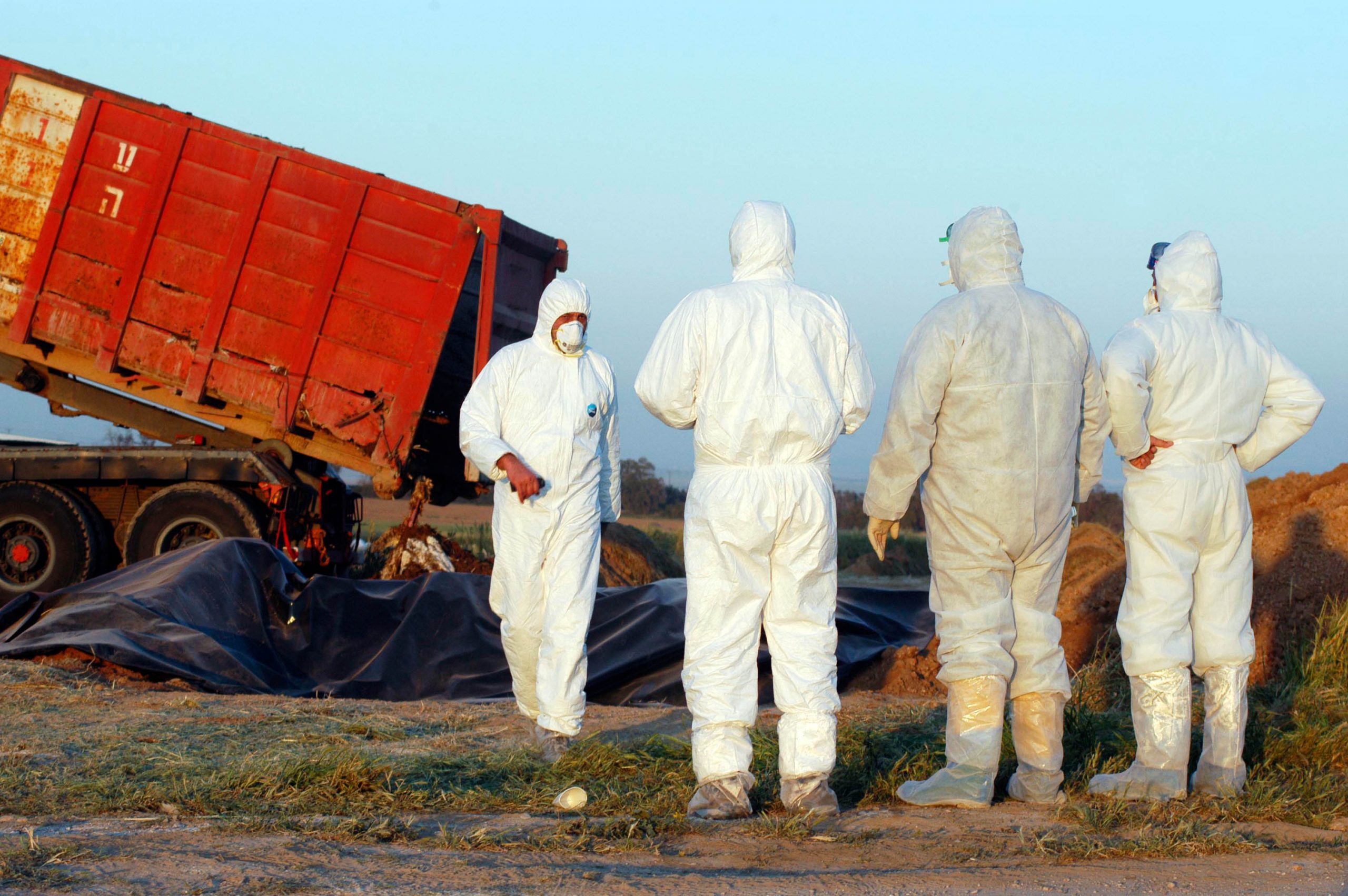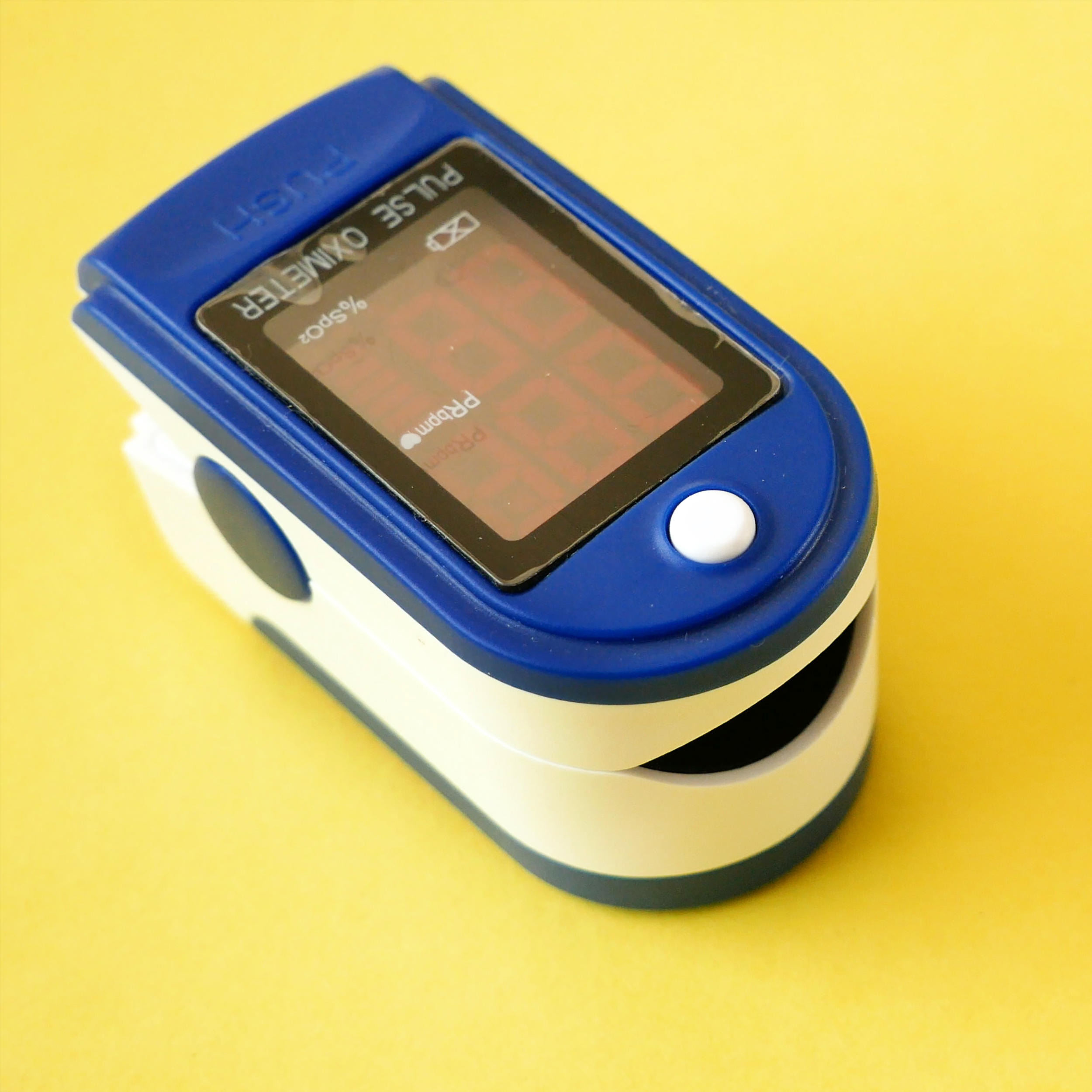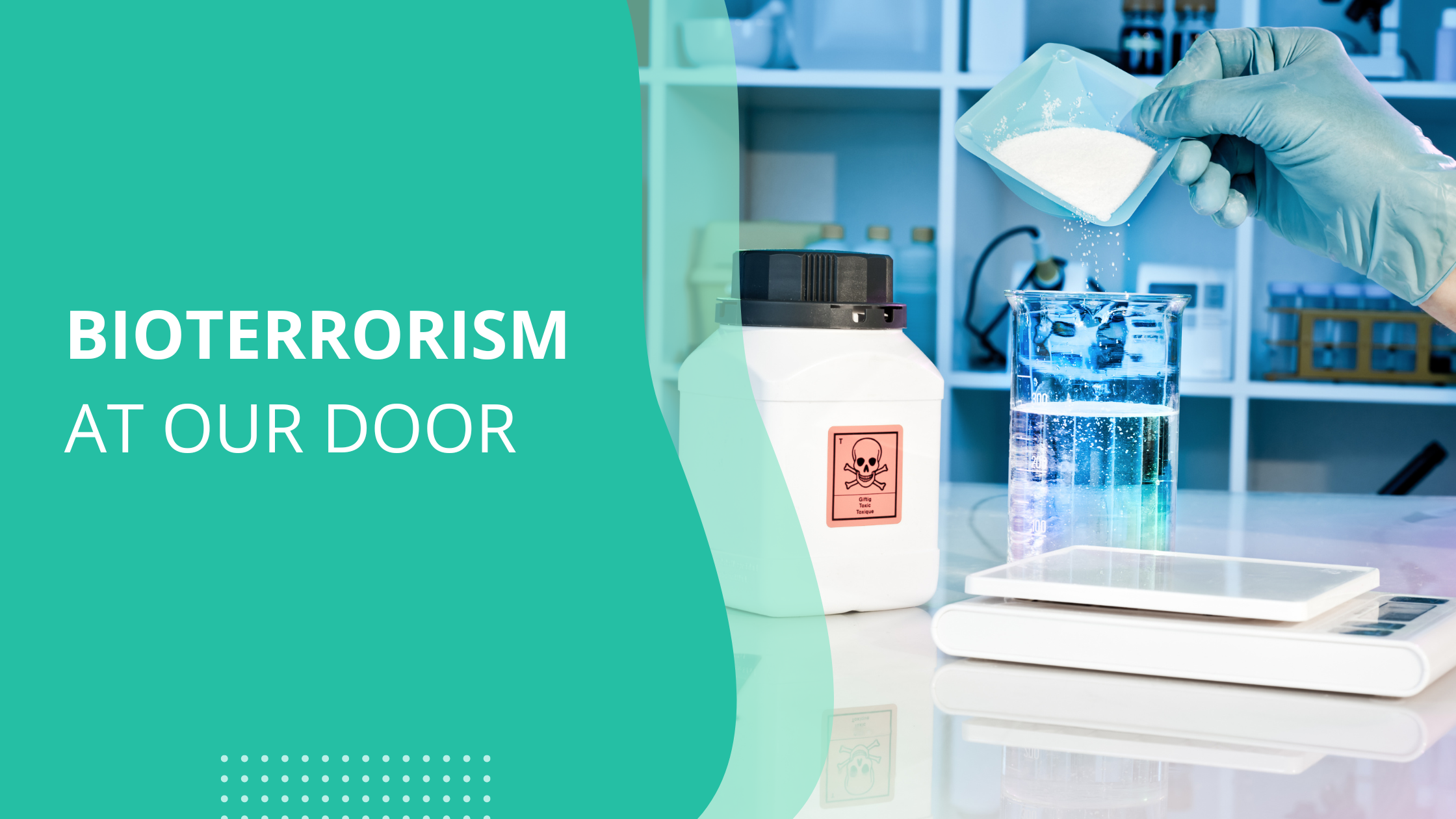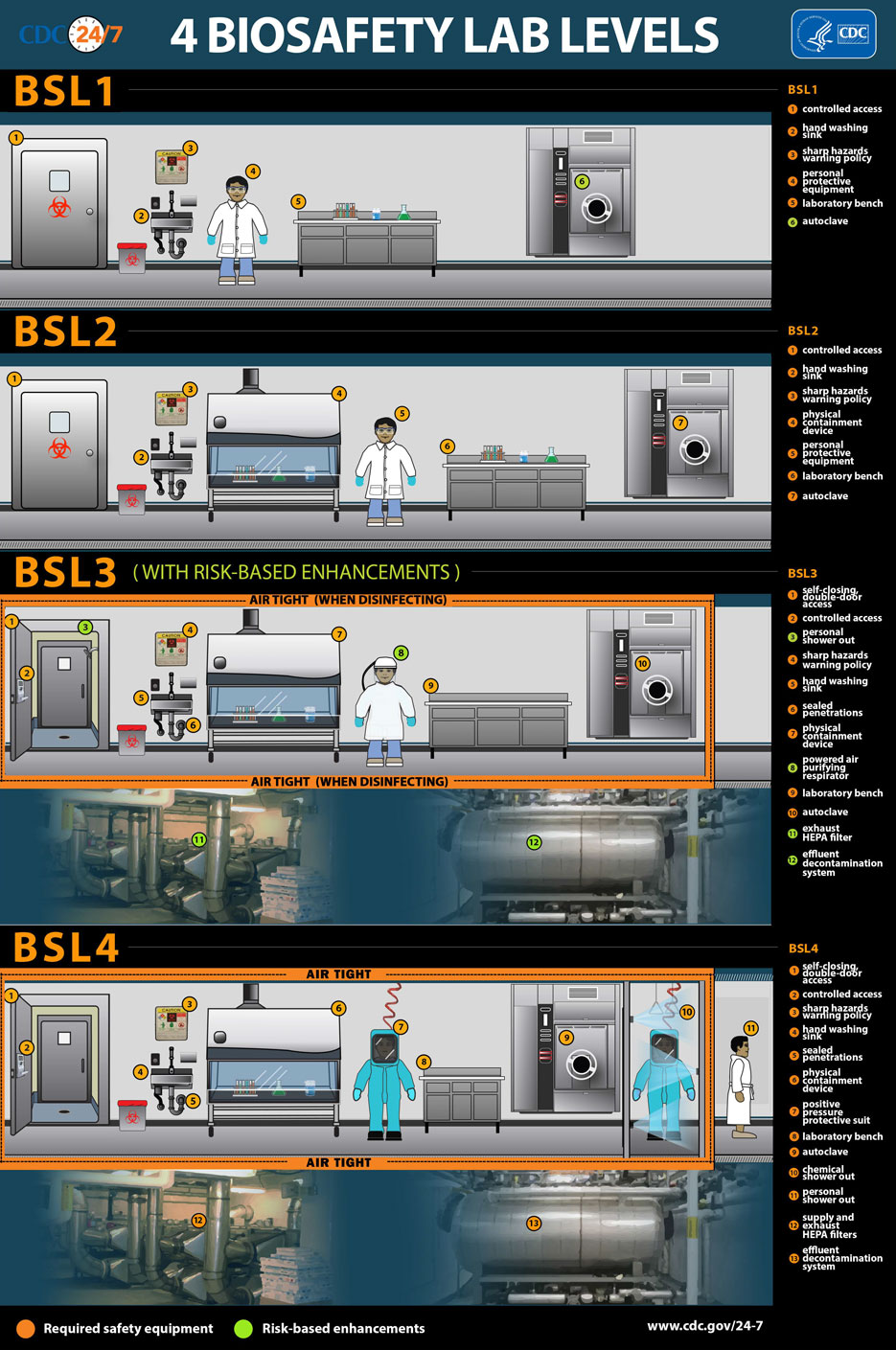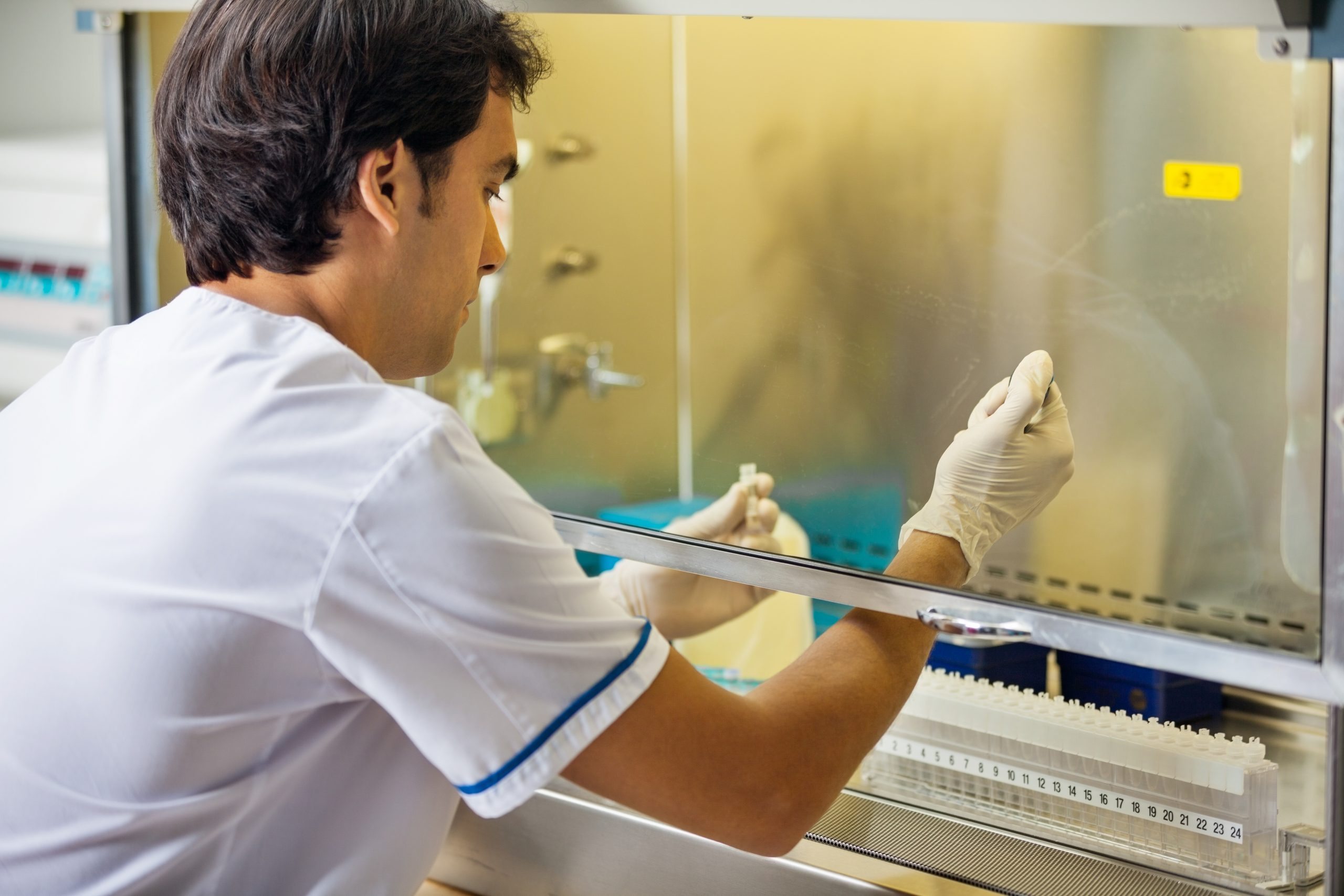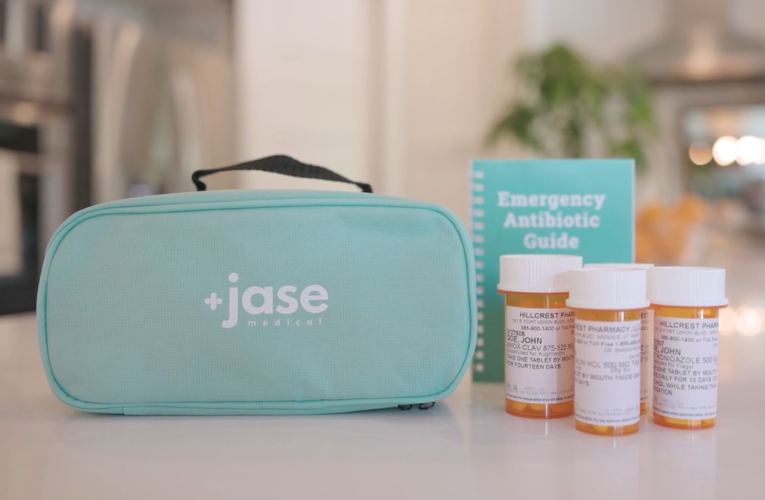(They may last longer than you think)Azithromycin is a type of macrolide antibiotic. It works by decreasing the production of protein and stopping bacterial growth. Other macrolide antibiotics include clarithromycin and erythromycin. Because of the anti-inflammatory...
How do Antibiotics Work?
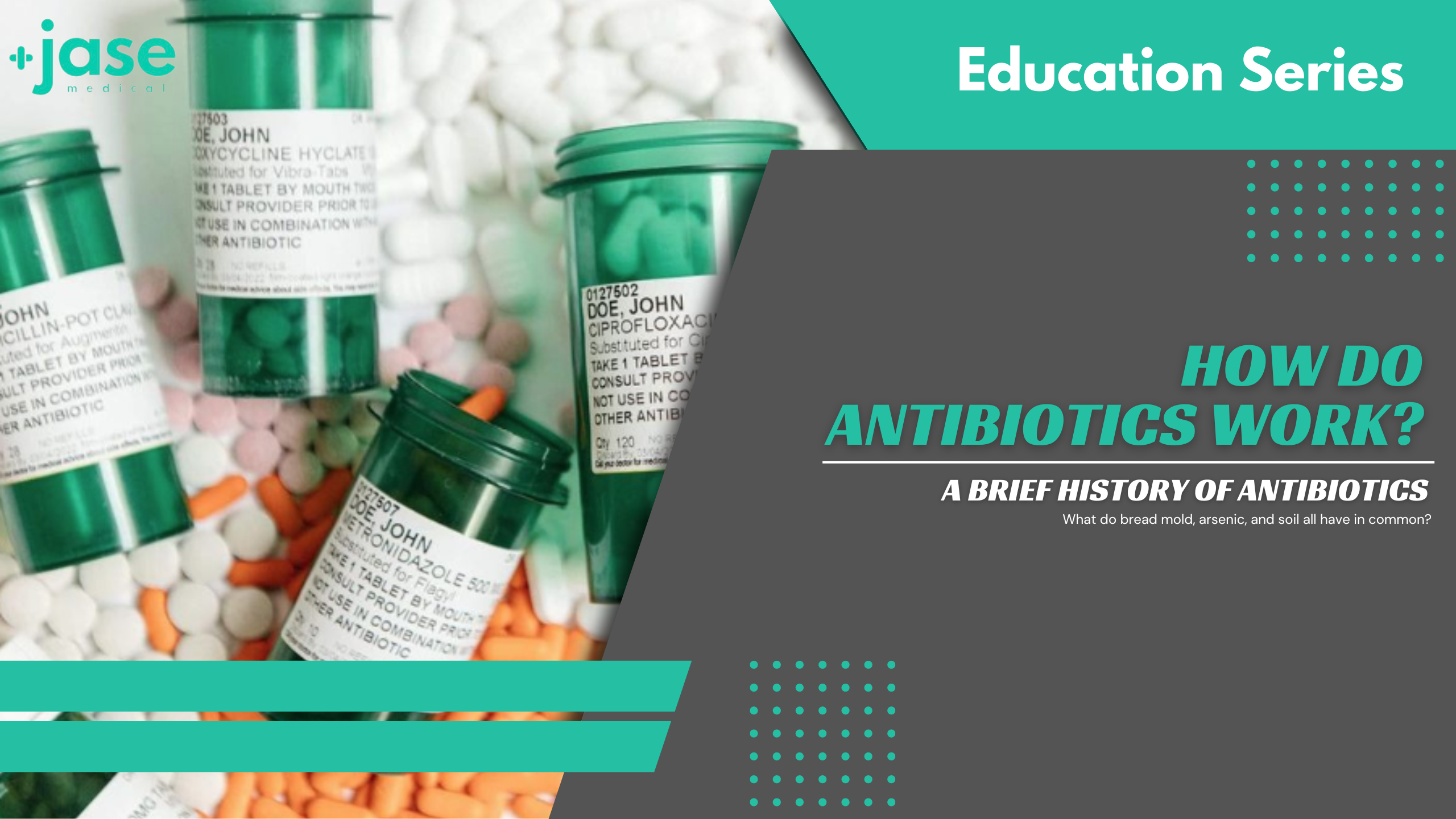
Part 1
A brief history of antibiotics- or what do bread mold, arsenic, and soil all have in common?
Throughout history populations used plants, soils and foods to treat infections. Many of our modern-day antibiotics originated from these. Only recently- the past 100 years or so has the active compounds been isolated and purified for commercial use, saving millions of lives globally. We know antibiotics work, but how do they do their job?
In this 4-part series we will explore:
Part 1
- A brief history of antibiotics
- How antibiotics work- what mechanisms are at play when we take them
Part 2
- The role of biofilms in bacteria and why these present a challenge to our modern-day arsenal of antibiotics
- Antibiotic resistance challenges
Part 3
- When antibiotics are needed and when they aren’t appropriate
- Distinguish between an allergic reaction to an antibiotic and the symptoms the infection is treating
Part 4
- A review of each of the antibiotics found in the Jase Case and their use.
A brief history of antibiotics
- As far back as 350 A.D., tetracycline, a widely used antibiotic were found in bone fragments in ancient Sudanese Nubia. It is believed that stored contaminated grains back then helped cultivate a strain of tetracycline from Streptomycetes. By the late 40s tetracycline was purified and marketed commercially. This antibiotic covers a wide variety of infections, from acne to certain types of pneumonia, and some infections spread by mice and ticks.
- In ancient Egypt, China, Serbia, Greece and Rome moldy bread was used topically to treat infections. This was documented by John Parkison in his book “Theatrum Botanicum” which was published in 1640.
- Heavy metals, such as arsenic, bismuth and mercury were used to treat syphilis and gonorrhea with some success. Salvarsan, an arsenic based chemical was discovered in 1909 by Paul Ehrlich. who is considered the father of microbial therapy.
- In 1928 Alexander Fleming discovered mold growing on a petri dish that had staphylococcus bacteria in it. The mold prohibited the growth of the staph. He described the mold as a type of self-defense chemical that killed bacteria. He named it penicillin. It wasn’t until 1940 that penicillin was first used- to treat streptococcal meningitis.
- Early 1930s- sulfa based drugs were discovered and produced by the Massengill Company in pill and tablet form. However, the company decided to mass produce an elixir without animal testing made from diethylene glycol (known today as antifreeze) which resulted in what was called the Sulfanilamide Disaster of 1937. More than 100 people died after ingesting this poison. This led to the Food Drug and Cosmetic Act in 1938 and the Drugs and Cosmetics Act of India, where controls are now in place on the manufacture and sale of drugs.
- In the mid-1950s synthetic antibiotics were introduced (such as quinolones)
How antibiotics work- what mechanisms are at play when we take them
Before we dive into how antibiotics work it must be stated that they do not work on viruses such as colds, flu, covid, viral pneumonia, RSV, measles, etc. Sometimes there is confusion when an antibiotic is given when the patient has a virus. The virus can lower the bodys immune defenses, in turn making it susceptible to opportunistic bacteria. At that point an antibiotic may be indicated.
Many antibiotics work by attacking the cell wall of bacteria. Specifically, the drugs prevent the bacteria from synthesizing a molecule in the cell wall called peptidoglycan, which provides the wall with the strength it needs to survive in the human body,
Examples are penicillin, Ceftin,vancomycin
Protein synthesis is a multistep process where DNA is first transcribed into a molecule of single-stranded messenger RNA (mRNA). Then, ribosomes translate it with the help of transfer RNA (tRNA) into long strings of amino acids, which become proteins. Protein synthesis inhibitors prevent proteins from being made by acting as inhibitors of translation or transcription. By blocking either of these processes, many types of antibiotics kill or impair the growth of bacteria by preventing them from making proteins.
Examples: tetracycline, erythromycin, streptomycin, gentamycin
Antimicrobial drugs that can target the microbial cell membrane to alter its functionality. Membrane lysis, or rupture, is a cell death pathway in bacteria frequently caused by cell wall-targeting antibiotics.
Examples are polymyxin and gramicidin
- Antibiotics that interfere with the development of DNA or break DNA strands through enzyme inhibitors
Examples: rifamycins and fluoroquinolones, metronidazole
Antimetabolites are medications that interfere with the synthesis of DNA. Some antimetabolites are used in chemotherapy to kill cancer cells, while others are used as antibiotics since they inhibit bacterial folate synthesis.
Examples: levofloxacin, norfloxacin, and ciprofloxacin
- Brooke Lounsbury
Medical Content Writer
Lifesaving Medications
Recent Posts
Keeping you informed and safe.
How Long Do My Meds Last? A Look at Azithromycin
Jase Founder Dr. Rowland Deploys with Aerial Recovery Group to Lahaina
When Dr. Shawn Rowland heard of the fire in Lahaina, and thousands were displaced, he wanted to offer his home on nearby Oahu for a displaced family or two to stay. He had no idea that he would be a part of the rescue and recovery efforts of a global outreach group...
Are You Happy? 7 Tips to Happiness
"Folks are usually about as happy as they make their minds up to be." – Abraham Lincoln“Happiness Happens Day" ,celebrated on August 8th of each year was founded by Pamela Gail Johnson. She started the Secret Society of Happy People in 1998, “to provide a missing...


